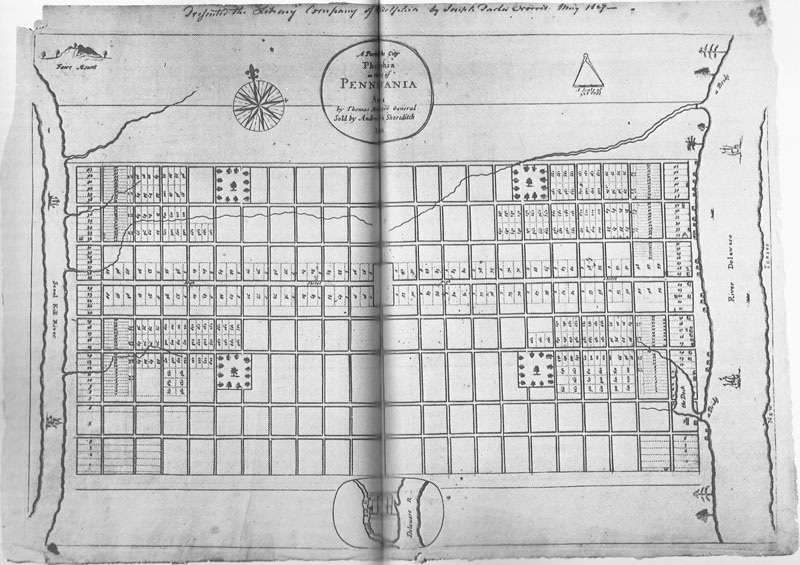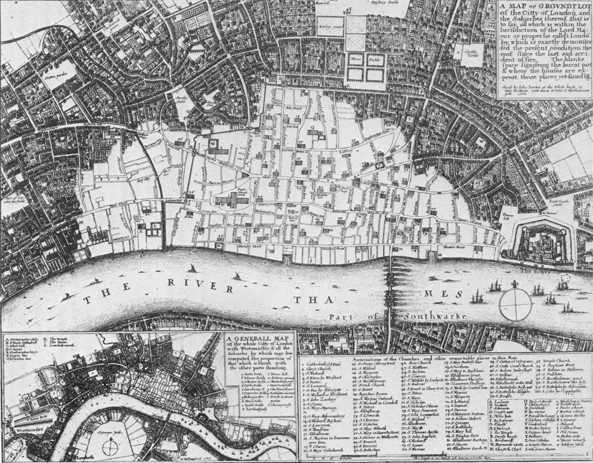| ||
| ||
|
Philadelphia, 16 August 1683 LETTER FROM William Penn Proprietary Governor of PENNSYLVANIA In America, TO THE COMMITTEE OF THE Free Society of Traders Of that Province, residing in London. CONTAINING A General Description of the said Province, its Soil, Air, Water, Seasons, and Produce, both Natural and Artificial, and the good Increase thereof. Of the Natives or Aborigines, their Language, Customs and Manners, Diet, Houses or Wigwams, Liberality, Easy Way of Living, Physic, Burial, Religion, Sacrifices and Cantico, Festivals, Government, and their order in Council upon Treaties for Land, etc., their Justice upon Evildoers. Of the first Planters, the Dutch, etc., and the present Condition and Settlement of the said Providence, and Courts of Justice, etc. PHILADELPHIA Newly laid out. Its Situation between two Navigable Rivers, Delaware and Schuylkill WITH A Portraiture or Plat-form thereof, Wherein the Purchasers' Lots are distinguished by certain Numbers inserted directing to a Catalogue of the said Purchasers' Names And the Prosperous and Advantageous Settlements of the Society aforesaid within the said City and Country, etc. Printed and Sold by Andrew Sowle, at the Crooked-Billet in Holloway-Lane in Shoreditch, and at Several Stationers in London, 1683. My Kind Friends; The kindness of yours by the ship Thomas and Anne, does much oblige me; for by it I perceive the interest you take in my health and reputation, and the prosperous beginnings of this province, which you are so kind as to think may much depend upon them. In return of which, I have sent you a long letter, and yet containing as brief an account of myself and the affairs of this province as I have been able to make. [....] A Short Advertisement upon the Situation and Extent of the City Philadelphia and the Ensuing Plat-form thereof, by the Surveyor-General. The City of Philadelphia now extends in length, from river to river, two miles, and in breadth near a mile; and the governor, as a further manifestation of his kindness to the purchasers, has freely given them their respective lots in the city without any defalcation of any [of] their quantities of purchased lands. And as it is now placed and modeled between two navigable rivers upon a neck of land and that ships may ride in good anchorage in six or eight fathom water in both rivers, close to the city, and the land of the city level, dry, and wholesome: such a situation is scarce to be paralleled. [....] The city is so ordered now, by the governor's care and prudence, that it has a front to each river, one-half Delaware, the other at Schuylkill; and though all this cannot make way for small purchasers to be in the fronts, yet they are placed in the next streets, contiguous to each front, viz., all purchasers of one thousand acres and upwards have the fronts (and the High Street), and to every five thousand acres purchase in the front about an acre, and the smaller purchasers about half an acre in the backward streets; by which means the least has room enough for a house, garden, and small orchard, to the great content and satisfaction of all here concerned. The city (as the model shows) consists of a large Front Street to each river, and a High Street (near the middle) from front (or river) to front, of one hundred foot broad, and a Broad street in the middle of the city, from side to side, of the like breadth. In the center of the city is a square of ten acres; at each angle are to be houses for public affairs, as a meeting house, assembly or state house, market house, school house, and several other buildings of public concerns. There are also in each quarter of the city a square of eight acres, to be for the like uses, as the Moorfields in London; and eight streets (besides the High Street) that run from front to front, and twenty streets (besides the Broad Street) that run across the city, from side to side; all these streets are of fifty foot breadth. In each number in the draft, in the fronts and High Street, are placed the purchasers of one thousand acres and upwards, to make up five thousand acres lot (both in the said fronts and High Street), and the numbers direct to each lot, and were in the city; so that thereby they may know where their concerns are therein. The front lots begin at the south ends of the fronts, by the numbers, and so reach to the north ends, and end at Number 43. The High Street lots begin towards the fronts,at Number 44, and so reach to the center. The lesser purchasers begin at Number 1, in the Second Streets, and so proceed by the numbers, as in the draft; the biggest of them being first placed, nearest to the fronts. from William Penn and the Founding of Pennsylvania, a Documentary History, edited by Jean R. Soderlund (Philadelphia: University of Pennsylvania Press, 1983) 309, 322. |


